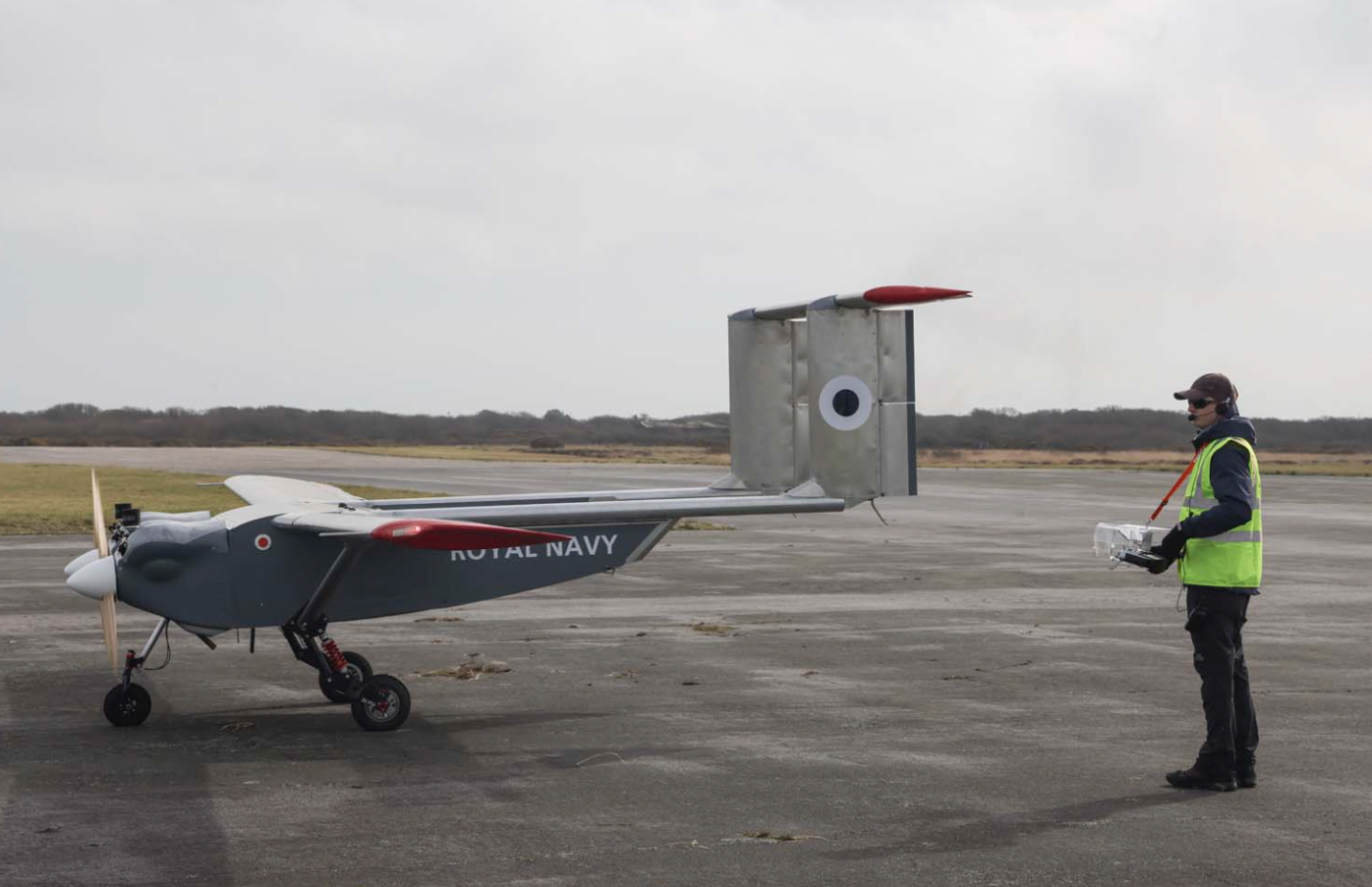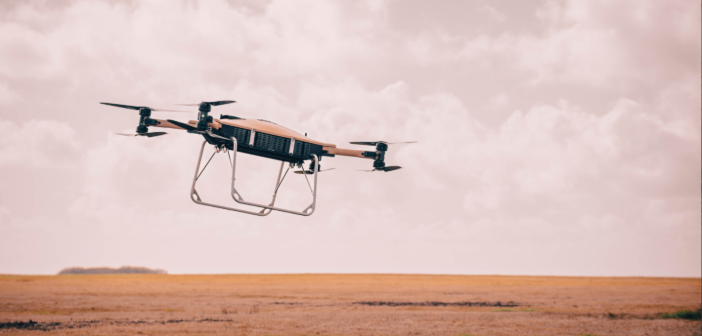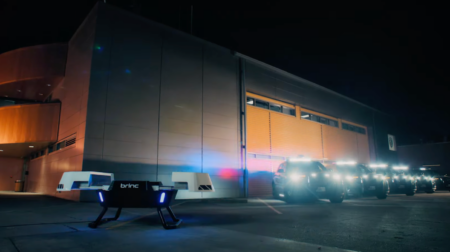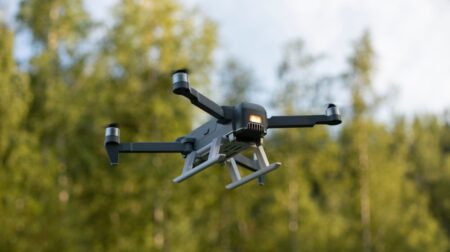The Royal Navy is piloting two different types of drones to show how this technology could be used on front-line operations.
The navy’s drone team – 700X Naval Air Squadron – welcomed industry partners to its home base of RNAS Culdrose to test the two crewless aircraft. It is the second time the drones have been trialled with initial testing last year the first step of showing how they could be utilised on operations.
Now, a second, more intense series of trials have taken place and both the Malloy Aeronautics T-600 quadcopter and Windracers Autonomous Systems’ Ultra drone proved its abilities to carry heavy payloads of 100kg over long distance and more than 250kg over a shorter distance.
The Heavy Lift Challenge is a collaboration between 700X, the navy’s Office of the chief technology officer and Defence Equipment and Support’s (DE&S) Future Capability Group.
It aims to encourage industry partners to see what equipment they have which could be adapted for use by the Royal Navy to deliver supplies such as humanitarian stores, first aid, ammunition and spare parts to the front-line. Both Malloy and Windracers were given a £300,000 contract to further develop the drones.
Additionally, the Royal Navy said the aircraft impressed in the most recent trials which saw the Malloy T-600 fly with a 250kg payload while the fixed-wing Windracers Ultra dropped a 100kg payload 1,000km away to a platform replicating a Queen Elizabeth-class aircraft carrier flight deck. It was able to slow on approach and drop its package with pinpoint accuracy.

“The Heavy Lift Challenge is surpassing all our expectations,” said Brigadier Dan Cheesman, Royal Navy chief technology officer.
“This is a genuine, game-changing collaboration between the Royal Navy, DE&S’ Future Capability Group and industry and has, so far, produced quite spectacular results – all inside the same commercial framework we are able to iterate as one-team.
“We are not there quite yet, but in perhaps as little as two months’ time, we will have the final ‘show don’t tell’ evidence we need to commence scaling to the hands of the warfighter at unprecedented pace,” he added.
The Royal Navy Heavy Lift Challenge aims to increase the number of uncrewed aircraft systems available on the market, at pace. This will enable the navy and DE&S to explore, understand, develop, and acquire autonomous systems to deliver heavy payloads in a range of environments.
James Gavin, head of the Future Capability Group, said: “This an important milestone for the Heavy Lift Challenge. We have tested how scalable and usable the autonomous technology is, with promising results.
“We have demonstrated how our collaboration with the Royal Navy and industry partners can expedite the procurement process – enabling us to deliver cutting-edge technology at pace. Ultimately, this work will help the UK Armed Forces retain and grow its operational advantage and also deliver cost efficiencies.”
Read more: Royal Mail in UK-first drone parcel delivery to Scilly Islands








